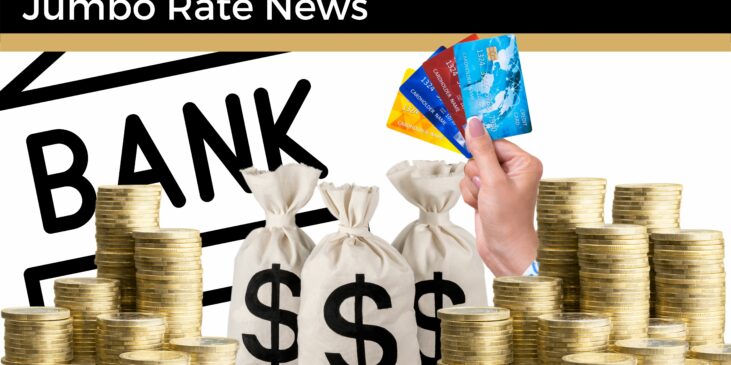After last week’s article on banks with high service fee income, we wanted to take a look at how some other banks make their money. Particularly after mentioning that Capital One is a credit card bank, we wanted to see just how lucrative that business is these days.
You may be surprised to know that, under The Military Lending Act, there is a cap of 36% APR on loans (including credit cards) to active duty service members. There is no such “federal” limit for the rest of the population; it’s left up to the states. You may also be surprised at the growing number of enforcement actions the Consumer Financial Protection Bureau (CFPB) has been issuing to entities (pawn shops, payday lenders, mainly. Not banks.) for exceeding that 36% maximum.
Those entities are not in our wheelhouse, but we did find a bank that does charge as much as 36% on credit cards. Depending on the credit-worthiness (or riskiness) of the applicant, 5-Star First Premier Bank, Sioux Falls, SD has a 36% upper limit. That’s today. According to WalletHub (1/14/2021), First Premier Bank had a credit card APR of 79.9% as recently as 2010.
Not surprisingly, the cards from First Premier do not seem to be particularly popular. But on page 7, we have a list of banks where the amount of interest earned on credit cards is comparatively high based on the bank’s percent of credit card loans to total loans.
For example, 5-Star First Savings Bank, Beresford, SD has total loans of $836 million. Of those, 17.8% or $148.686 million are credit card loans. The interest it earned on those credit cards during the first nine months of 2021, made up 53% of total interest income. All things equal, that indicates First SB charges three times more on credit cards than it charges on other loans.
4-Star CitiBank (#8 on page 7) was NOT one of the top three service fee chargers we reported on last week (JRN 39:04), however, it charges about double for credit card interest than it does on other loans. 4-Star Wells Fargo (#18) WAS one of the top three fee chargers last week and is near the top of this list, too. By the time you get down to 4-Star Capital One Bank (USA) NA, the ratios are much closer together because most of Capital One’s loans ARE credit card loans.
The headquarter state of the issuer has a lot to do with how much the banks charge. South Dakota is the least restrictive in this regard. Not only does South Dakota have no interest rate cap on credit cards, the Mount Rushmore state does not charge a corporate income tax either. That’s a win-win for the banks. That’s also why you see so many South Dakota banks at the top of page 7. Other states with favorable corporate tax rates are: Wyoming at 0.00%; Nevada at 0.65%; North Carolina at 2.50%; and Texas at 2.66%.
The states at the opposite end of the spectrum, charging the highest corporate tax rates are: New York (the highest) at 17.3%; Pennsylvania -16.84%; and Oregon – 15.80%.
Because state caps typically exclude credit card loans, they are more difficult to pin down. Delaware and Missouri have no cap on consumer installment loans as long as they don’t exceed $10,000. Alabama, Idaho and Utah have no numeric interest rate cap, but use “unconscionability” as their guide. Mississippi has a cap of 305% on a $500 6-month installment loan…which Bauer feels is unconscionable. Since unconscionability is subject to interpretation, you may or may not agree. Again, these are typically payday lenders and pawn shops, not banks.
No matter where your card is issued, though, a lower credit score will cost more. That’s why we found it interesting that a New York Fed study (11/22/2021) revealed that, not only has consumer credit demand bounced back to 2019 (pre-pandemic) levels, but the largest increase in both credit applications and credit limit increase requests, was from consumers with low credit scores (below 680).
Also interesting, is that some banks with these relatively high credit card interest rates are posting losses. For example, 3½-Star One America Bank, Sioux Falls posted a year-to-date loss of $7.7 million at September 30th. 3½-Star USAA FSB, San Antonio, which relies heavily on credit card interest income, posted a loss of $194 million and BBVA USA, AL’s year-to-date loss was $407 million. (BBVA has since merged into 4-Star PNC Bank, DE.)
The CFPB is beginning to crack down on many practices that it considers predatory. It is starting with fees but don’t be surprised if interest rates follow. Bankers are already taking notice. In fact, 5-Star First NB Texas, Killeen (# 6 last week for Highest Service Charge Income as a percent of Deposits) just revamped its fee structure. We expect others will too, as the agency continues to flex its muscles against unfair lending practices.


